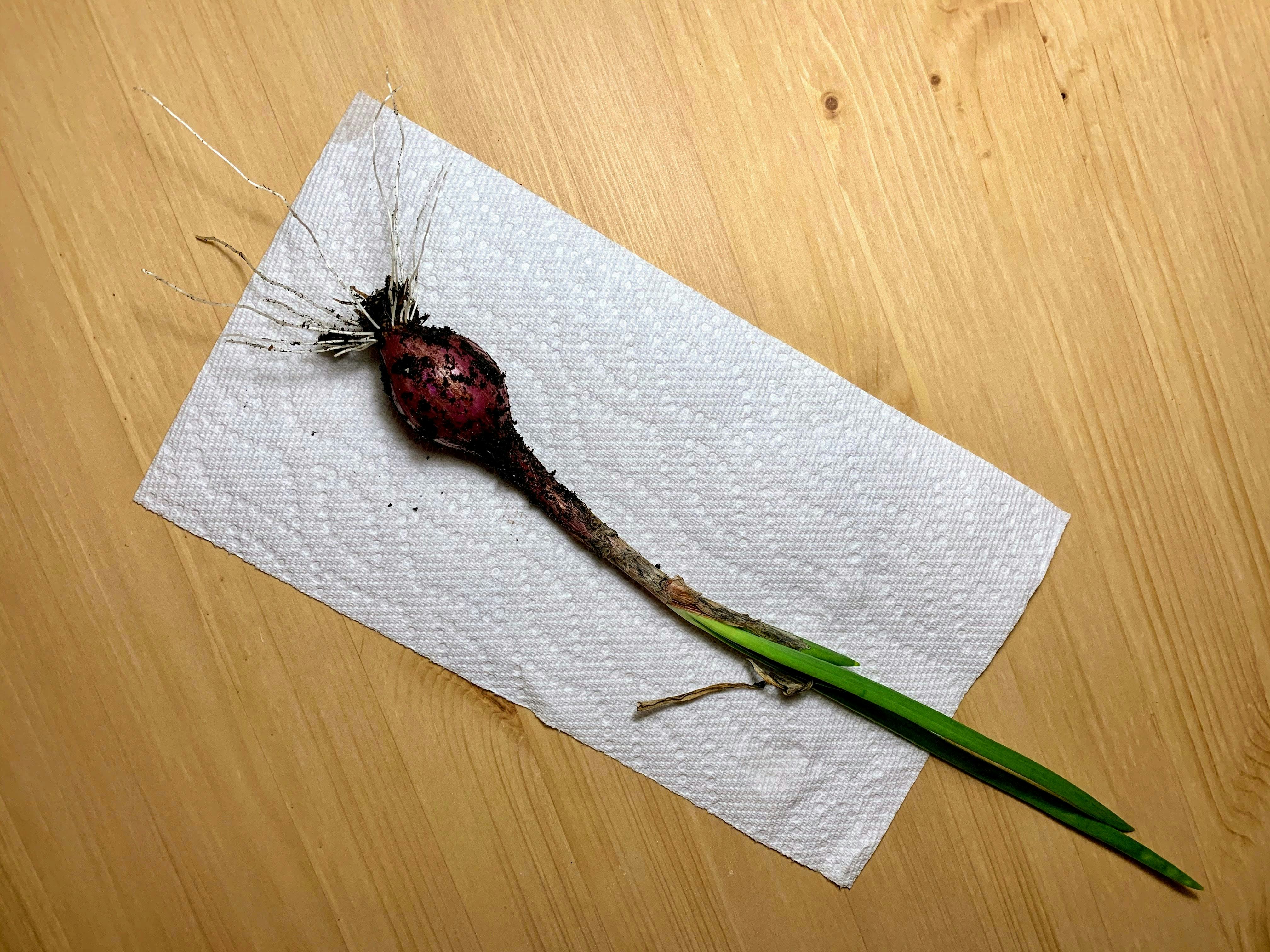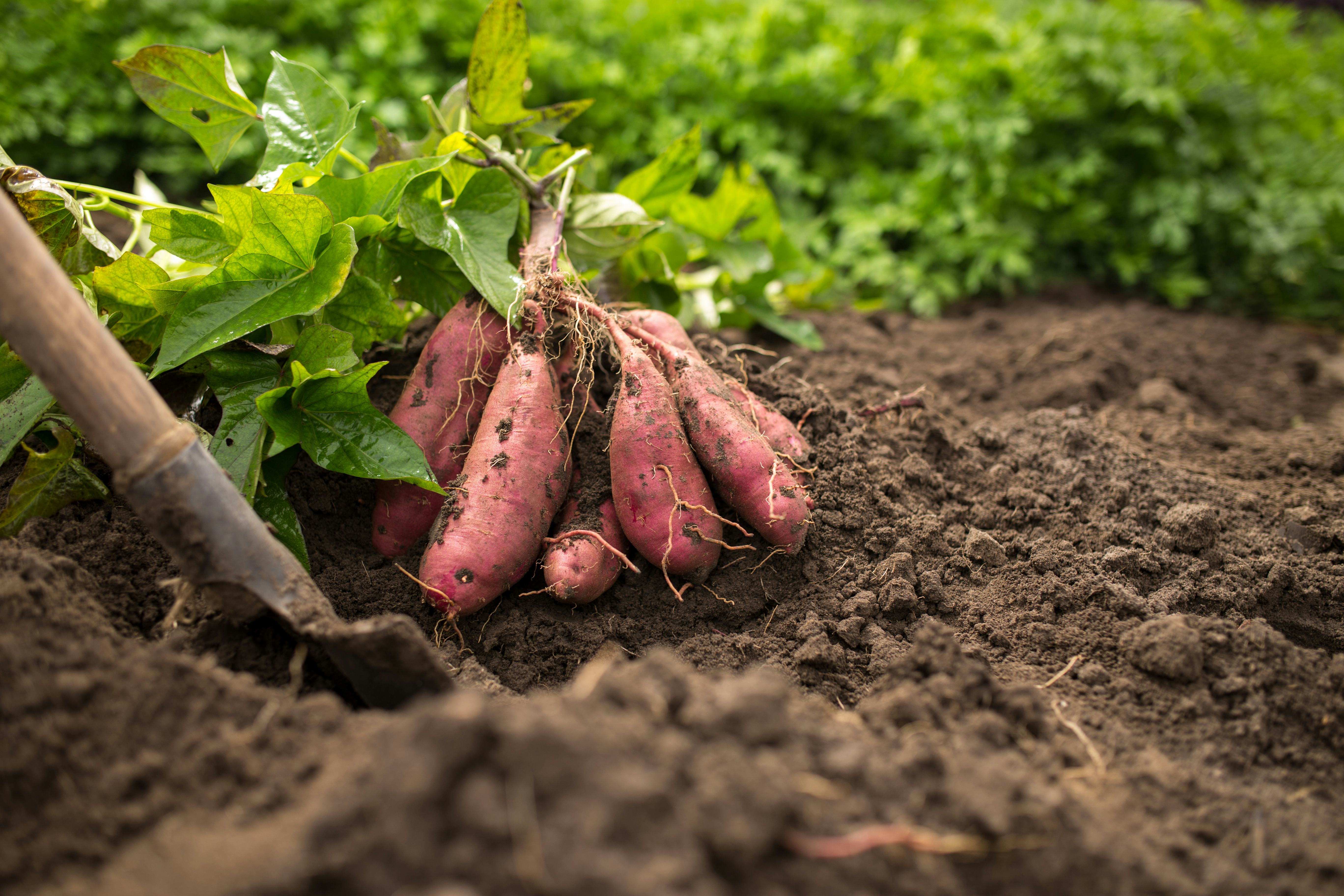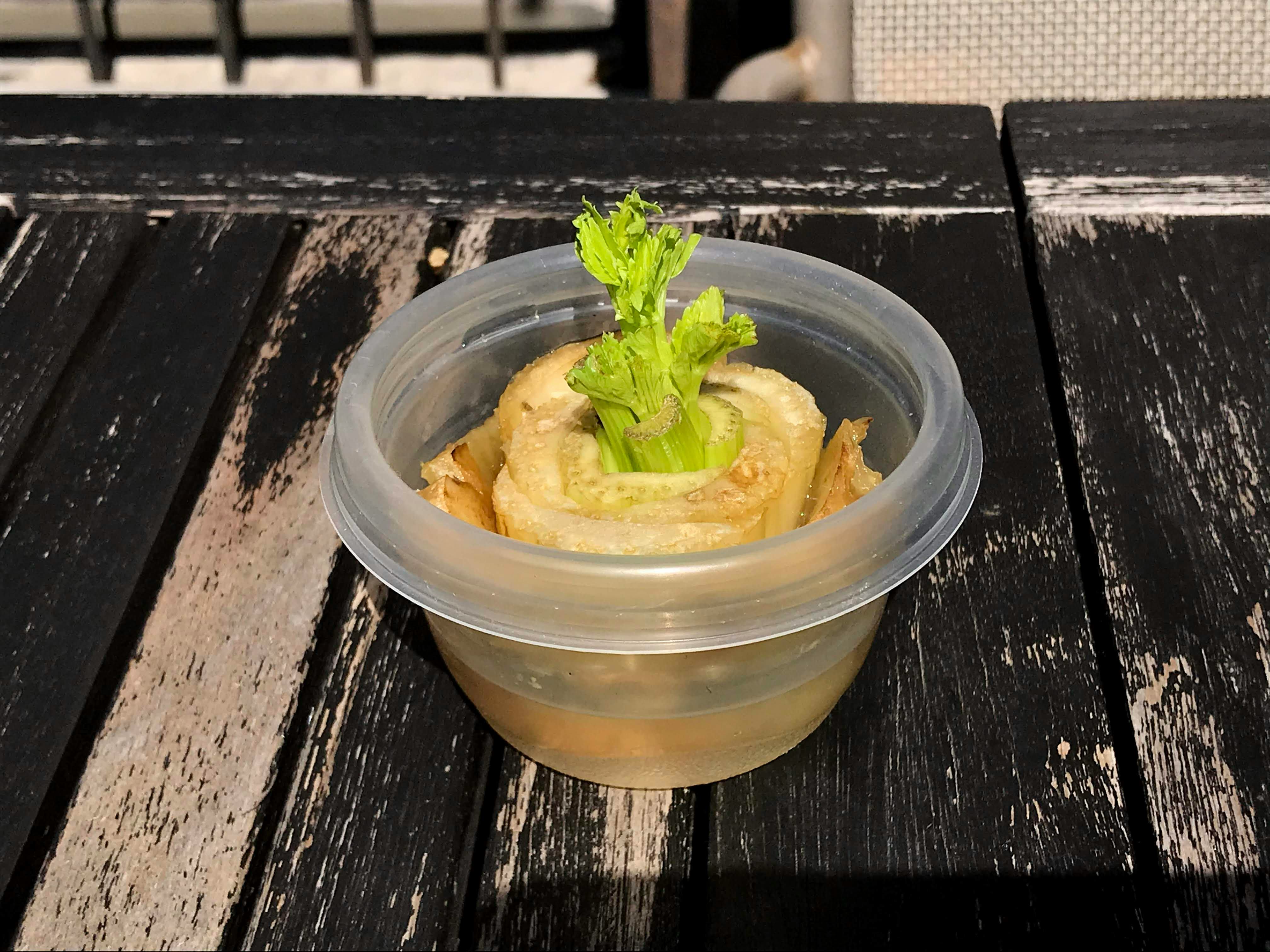
Despite the current global shutdown and accompanying panic-buying, grocery stores aren’t going anywhere. But it is reassuring to know that you can do some of your own food growing at home.
This is the beginner's guide to growing your own (vegetables).
With just a few scraps of store-bought vegetables and a couple of neat tricks, you can turn your living room into a mini farm.
Plus, growing things gives you something to check on every day, as a way of productively passing the time many of us are stuck mostly indoors.
Just don’t try this with toilet paper, as some Twitter users have jokingly attempted.
All you need to get started is a cup of water or a small pot of soil.
Here’s a breakdown of the six simplest vegetables to grow anew from your scraps:
6. Garlic
Growing garlic from a clove you’ve already purchased is about as easy as it gets.
If you have a garden, you can start right in the ground — and if not, you just need a pot and some soil. Simply plant an unpeeled clove of garlic in the soil, about as deep as your thumb.
Make sure the bottom of the clove (that's the flat part) is facing down, because that’s where the roots will grow.
If you’re growing garlic indoors, place the pot on a windowsill or another area that gets plenty of light.
Note: The clove won’t grow a new head of garlic like the one you planted, but it will shoot up new garlic greens you can use in cooking. You should see new life in as few as 7 to 10 days, according to Martha Stewart’s website.
5. Potatoes
When the eyes of a potato start growing those creepy sprouts, it doesn’t mean the whole tuber is destined for the garbage.
Instead, you can cut waste and grow food by planting the potato in the ground or a pot with plenty of space for the new potatoes to grow.

From those sprouts, new green shoots will emerge from the ground within about two weeks, according to Better Homes & Gardens.
Those shoots will become bush-like plants, and in a few months, new potatoes will start growing underground. And you can start planning your hard-earned potato salad.
4. Onions
Similar to potatoes, replanting onions is easiest to do once your onions have started growing their own sprouts — those green protrusions that burst from the top of the onion.
Once that happens, do some minor surgery on the onion to get to those sprouts inside. They will grow new onions of their own. To do this, simply cut away the outer layers of the onion. As you work your way inward, you’ll be able to separate those green shoots, and replant each of them in soil.
I tried this last summer with a red onion. I planted three of those shoots, and they grew into new, small, slightly odd-looking onions. The sprouts on top are edible, too, and taste great sautéed.

You can grow other alliums, including green onions (scallions) and leeks, too. Simply cut off the bottom tip where the roots grow, and plant them directly into soil.
3. Celery
Growing your own celery from the stump of a bundle is almost effortless. As The Office's Dwight Schrute put it, “Those who can’t farm, farm celery.”
All you need to do is cut off the bottom of a bundle of celery and place it in a few inches of water.
I began my own attempt at growing celery about a week ago. Here is what it looks like now:

2. Lettuce
To grow lettuce, the method is pretty much the same as it is for celery. Cut off the bottom of a head of lettuce and either start it in water, or skip that step, and plant it directly in soil.
You will see roots begin to form over the course of a week, and, about 10 to 12 days later, you should have a small bunch of leaves, according to Gardening Know How.
While this is small-scale growing, you could get a few lettuce heads growing at the same time, producing enough leaves to make your own home-grown salad.
1. Carrots
Note: this won’t actually grow new carrots — for that you’ll need to start from seeds — but carrot greens are pretty tasty (and have a hint of carrot flavor to them).

Slice the top of a carrot, and plant it in soil with the stem side facing up — the same direction a carrot would normally grow in the ground.
From the top, new leaves will begin to grow, giving you a small bushel of greens to add to your cooking.
Feeling inspired to bring more nature into your home? Try your (green) hand at growing these seven hard-to-kill houseplants, or set up a bird feeder and start twitching from your window.







